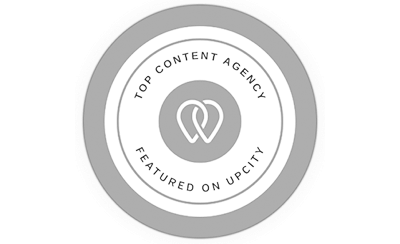
Depending on who you ask, writing titles for your content may be the easiest or hardest part. Regardless of whether or not titles come to you naturally, it’s important to know the difference between a good title and a bad one. This might seem obvious, but the truth might just surprise you.
What To Consider When Writing A Title Or Heading
There are numerous things to consider when choosing a title or heading. It might seem obvious that the title or heading should indicate what the content is about, but so often writers (of all kinds) forget this and it’s a fatal mistake. Users rarely read an entire piece of content from start to finish. They rely on titles and headings to indicate where the specific information they are looking for is located within the content. If your titles or headings don’t do this, users might give up on your content, thinking it doesn’t have the information they need. But titles and headings aren’t just used to help your content be easier to understand; they also need to be engaging. Some of the best ways to make sure your titles and headers are engaging is to use questions or include relevant statistics, but there are many ways to catch a reader’s eye.
The Function Of A Title
Titles and headings need to be thought of as more than just words that summarize a piece of information. In today’s digital age, titles and headings are incredibly important for social media promotion and search engine optimization. For social media promotion, titles will need to be concise. Long titles will make it difficult to share on social media platforms with limited character counts like Twitter. For other social media platforms that allow more text, there is still a maximum character count that is displayed before a user has to click to see more. Even if you are not using your title in your social media posts, sharing a link to content on a platform like Facebook will automatically generate a thumbnail that includes your content’s title.
Titles and headings also have an incredibly important role in adding SEO value to websites. Search engines like Google use titles and headings to understand content. Because of this, it’s important to include keyword phrases for which you want your content to rank. If you want to rank a page on your website for the phrase “Car Accident Lawyer In Houston” it’s a good idea to make sure this phrase is included in that page’s title and/or heading.
What Makes A Bad Title?
Many people think witty titles and headings are a must for attracting users to content. The reality is that this strategy can have dire consequences. If you opt for a witty title and headings, you likely deprive users (and search engines) of the important information they need to quickly and easily analyze and understand your content. For search engines, this means not showing content in search results, but for users, this leads to frustration as they can’t find the information they are looking for. While witty or click-bait tiles may garner a lot of clicks, it doesn’t mean those clicks will stay on your website for very long, much less convert. These types of titles cast a very large net and most of the fish you can catch aren’t the ones you’re looking for.
This isn’t to say witty titles and headings can’t be used, but it’s best not to rely on them. I have personally experienced the pride that comes with devising a clever title only to realize the content just doesn’t perform very well. It might seem unintuitive, but user data has shown that simple, concise, and engaging titles and headings perform well every time.
Getting SEO Help For Your Law Firm Website
Writing content and optimizing it is not a simple task. At Stacey E. Burke, P.C. our SEO experts can develop content marketing and SEO strategies that help improve your law firm website. Contact us today to schedule a consultation.














Leave a Comment